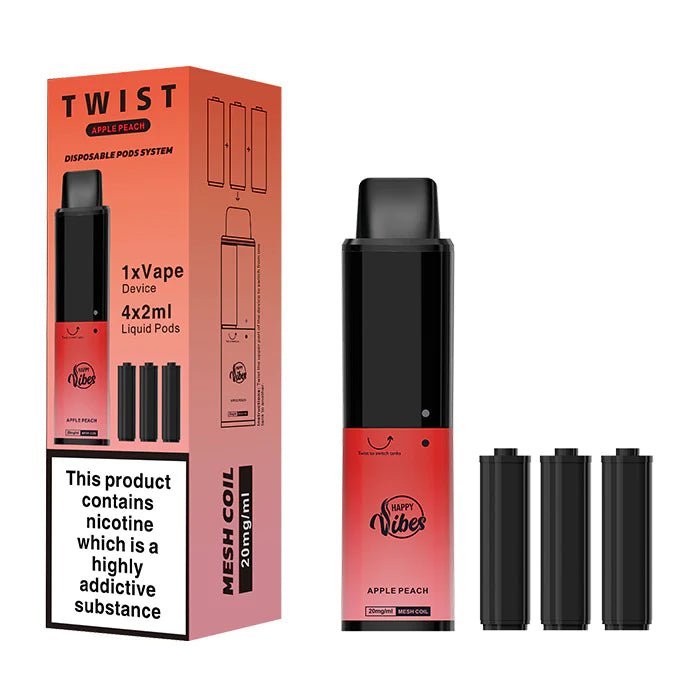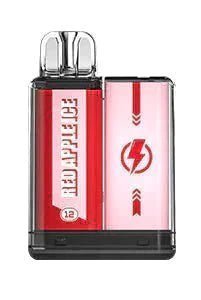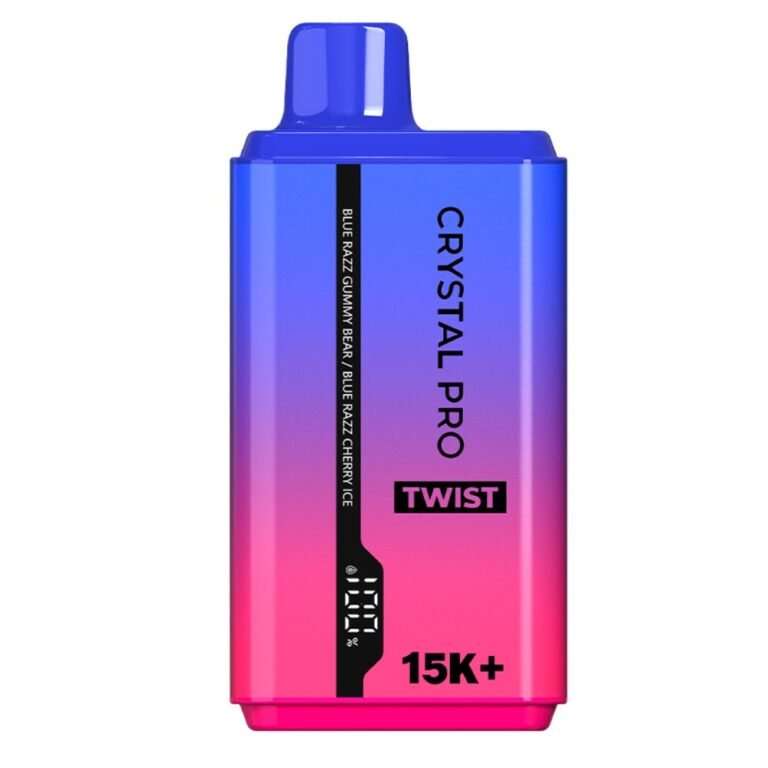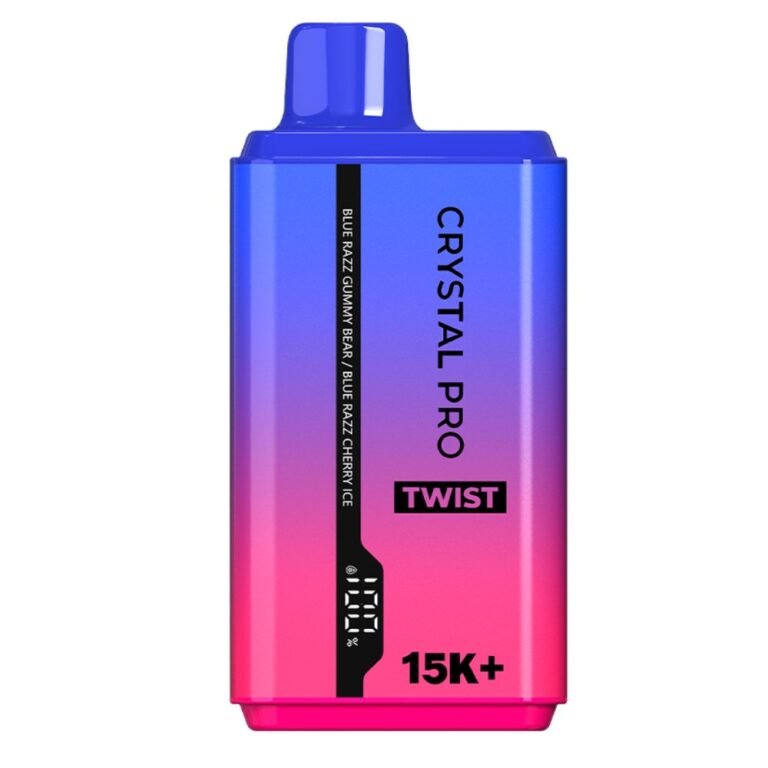The Ultimate Guide to Vape Battery Chargers: What You Need to Know
When it comes to vaping, one of the most important yet often overlooked aspects is the vape battery charger. The charger you use for your vape can have a significant impact on the overall performance and lifespan of your device, as well as your safety. Vape batteries are crucial components that power your device, and understanding how to charge them correctly can make a world of difference. Whether you’re new to vaping or a seasoned enthusiast, this comprehensive guide will walk you through everything you need to know about vape battery chargers—from types and features to safety tips and troubleshooting.
Thank you for reading this post, don't forget to subscribe!Understanding Vape Battery Chargers
Vape battery chargers are devices designed specifically to charge the lithium-ion batteries used in most vapes. These chargers vary in features, compatibility, and power outputs, and selecting the right charger is essential for maintaining the performance of your vape device and ensuring your safety.
Vape batteries typically come in two types: removable and built-in. Removable batteries are often used in devices like box mods, while built-in batteries are integrated into the device and cannot be removed or replaced. The charger you use will depend on the type of battery your vape device uses.
For removable batteries, you’ll typically need a separate charger designed to handle the specific voltage and current requirements of your battery. Built-in battery devices usually require a USB charging cable or a wall adapter for recharging. Understanding your device’s charging system is the first step in choosing the right charger.
Types of Vape Battery Chargers
There are various types of chargers on the market, each designed to meet specific needs. Let’s break down the most common types of vape battery chargers:
1. USB Chargers
USB chargers are the most common charging method for built-in battery devices. They are easy to use and provide a convenient way to charge your vape from almost any power source, such as a laptop, wall plug, or portable power bank. USB chargers are typically included with the device when you purchase it.
Advantages:
- Convenient and portable
- Can charge from almost any USB port
- Works with most built-in battery vapes
Disadvantages:
- Charging speed can be slower than other types of chargers
- May not offer the best protection for the battery if not a high-quality charger
2. External Vape Battery Chargers
For devices with removable batteries, external vape battery chargers are required. These chargers are designed to charge multiple batteries simultaneously and are specifically built to handle the needs of vape batteries.
There are two main types of external chargers:
- Single Bay Chargers: These chargers have one slot for charging one battery at a time. They are compact and easy to use, making them ideal for vapers with smaller collections of batteries.
- Multi-Bay Chargers: These chargers have multiple slots, allowing you to charge several batteries at once. They are useful for people who own multiple devices or like to have backup batteries on hand.
Advantages:
- Faster charging times compared to USB chargers
- Provides better protection for your batteries
- Can charge multiple batteries simultaneously
Disadvantages:
- Requires additional equipment
- Larger and less portable than USB chargers
3. Smart Chargers
Smart chargers are more advanced types of vape chargers that feature intelligent technology to optimize the charging process. These chargers monitor the health of the batteries, detect issues like overcharging, and provide customized charging rates based on the battery’s needs. Smart chargers typically come with digital displays showing battery voltage and current, offering users greater insight into their battery’s charging process.
Advantages:
- Optimizes battery life
- Prevents overcharging and overheating
- Displays important charging information
Disadvantages:
- More expensive than basic chargers
- Larger and may not be as portable as other options
4. Car Chargers
For vapers who spend a lot of time on the go, car chargers are a great option. These chargers plug into your vehicle’s 12V outlet (car cigarette lighter) and allow you to charge your vape while on the road. They are available in both USB and external battery charger formats.
Advantages:
- Convenient for travel and long trips
- Works while on the go
- Easy to use in most vehicles
Disadvantages:
- Slower charging speeds due to limited power output
- Limited to vehicles that have a compatible outlet
Important Features to Look for in a Vape Battery Charger
When shopping for a vape battery charger, there are several factors to consider to ensure you’re getting the best performance and safety for your vape device. Let’s look at some of the most important features:
1. Compatibility
The charger you choose must be compatible with the type and brand of batteries your vape device uses. Always check the specifications for both your vape battery and charger to ensure they are a match. Using the wrong charger for your battery type can result in charging problems, overheating, or even battery damage.
2. Charging Speed
Charging speed is an important factor to consider. While USB chargers tend to be slower, external battery chargers can provide faster charging times. A higher charging current (measured in amps) typically results in faster charging. However, it’s essential to not overcharge or use excessive current, as it could damage the battery or shorten its lifespan.
3. Safety Features
Safety is paramount when it comes to vaping and charging. Look for chargers that feature built-in protections against overcharging, short circuits, overheating, and reverse polarity. These features can prevent accidents and increase the overall lifespan of your batteries.
4. Build Quality
The build quality of the charger is another important consideration. A well-constructed charger will last longer and ensure safe charging. Pay attention to the materials used, the sturdiness of the charger, and whether it has certifications for safety (such as UL or CE certifications).
5. Digital Display or LED Indicators
Some advanced chargers come with a digital display or LED indicators that show the charging status, battery voltage, and other essential information. These features provide a clear picture of your battery’s condition, which can help you monitor the charging process and avoid potential issues.
Vape Battery Charging Tips for Longevity and Safety
Charging your vape battery properly is key to its longevity and your safety. Here are some essential tips for maintaining your vape batteries:
1. Use the Right Charger
Always use the charger that is recommended or supplied with your device. If you are using a third-party charger, make sure it is compatible with your vape’s battery. Using the wrong charger can result in overheating or damage to your battery.
2. Avoid Overcharging
Overcharging can damage your battery, leading to decreased performance and potential safety hazards. It’s important to unplug your charger once the battery is fully charged. Many modern chargers have built-in mechanisms to stop charging once the battery reaches full capacity, but it’s always good practice to keep an eye on the process.
3. Don’t Use Damaged Chargers
If your charger has frayed wires or visible damage, stop using it immediately. A damaged charger can cause electrical shorts, overheating, or even fires in extreme cases. Always inspect your charger for wear and tear before using it.
4. Charge in a Safe Location
Avoid charging your vape batteries on soft surfaces like beds or couches, as they can trap heat. Always charge in a dry, well-ventilated area, and never leave your device unattended while charging. Charging should take place on a stable, non-flammable surface.
5. Store Your Batteries Properly
When you’re not using your vape, store your batteries in a cool, dry place. Avoid storing batteries in hot environments, such as your car, as high temperatures can damage the battery and decrease its lifespan.
6. Don’t Charge in Extreme Conditions
Extreme heat or cold can impact the charging efficiency and safety of your vape battery. Always ensure that your device is charged in normal room temperatures, typically between 50°F and 80°F (10°C and 27°C).
Common Vape Battery Charger Problems and Solutions
Like any device, vape battery chargers can sometimes malfunction. Below are some common problems vapers may encounter with their chargers, along with troubleshooting tips:
1. Slow Charging
If your charger is taking too long to charge your vape, it could be due to a weak power source (e.g., charging from a laptop USB port) or a worn-out charger cable. Try using a different power source, or consider upgrading to a faster charger if necessary.
2. Charging Not Initiating
If the charger isn’t starting the charging process, ensure that the connection is clean and secure. Dirt or debris in the charging port can interfere with the connection. Clean the port with compressed air or a soft cloth.
3. Overheating
Overheating is a sign of an issue with either the battery or the charger. If your charger or battery gets too hot during the charging process, disconnect it immediately. Overheating can lead to battery failure or safety hazards, so it’s important to stop charging until the issue is resolved.
4. Battery Not Holding Charge
If your battery isn’t holding a charge properly, it may be time for a replacement. Over time, vape batteries degrade and lose their ability to retain charge. If you notice significant battery life degradation, consider purchasing a new battery.
FAQs About Vape Battery Chargers
Q1: Can I use any charger for my vape battery?
A1: No, you should always use a charger that is compatible with your battery type. Using the wrong charger can lead to damage, overheating, or even a safety risk.
Q2: How long does it take to charge a vape battery?
A2: Charging times vary depending on the battery capacity and the type of charger you are using. On average, it takes about 2-4 hours to fully charge a vape battery using an external charger.
Q3: Can I leave my vape charging overnight?
A3: It’s not advisable to leave your vape charging overnight unless the charger has overcharge protection. Overcharging can damage your battery over time.
Q4: How do I know when my vape battery is fully charged?
A4: Most modern chargers and devices have indicators that let you know when the battery is fully charged. Look for green lights or a “full” indicator on your charger.
Q5: Can I charge my vape battery in a car?
A5: Yes, you can use a car charger for your vape battery, but be aware that charging in a car may be slower due to the limited power output of the car’s 12V outlet.
Conclusion
Choosing the right vape battery charger is essential for ensuring the safety, longevity, and performance of your vaping device. With so many options available, it’s important to understand the different types of chargers and features that best suit your needs. Whether you’re using a built-in battery or a removable one, proper charging practices are vital for optimal performance and safety. Follow the tips and advice outlined in this guide, and you’ll be well on your way to becoming an expert in managing your vape battery charger and enjoying a seamless vaping experience.






